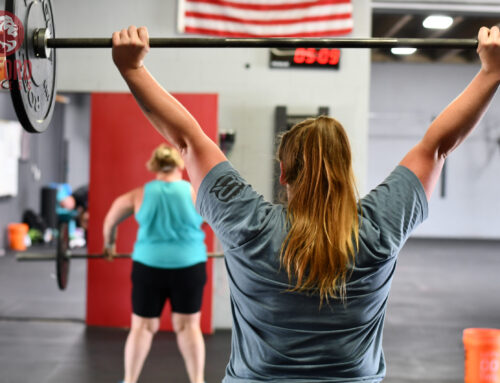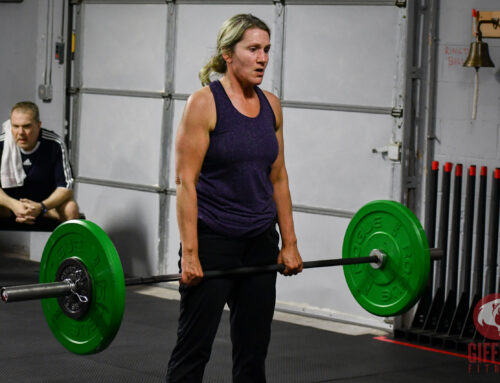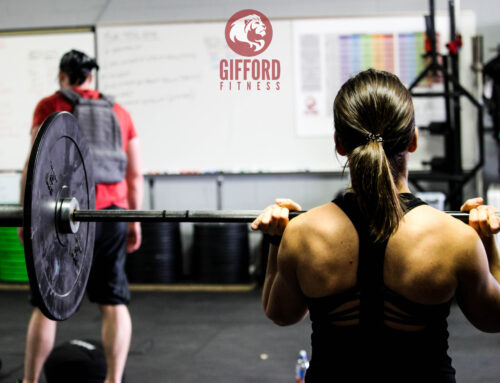Dietary fat used to be the enemy in the world of health and fitness. As most of you probably know now, FAT doesn’t make you fat. They’re not unhealthy, and in fact are a huge part of optimizing your nutritional health. But, people are always talking about “healthy fats”. What those? What does FAT do for us? We’ll get into all of that. But first, “the big picture, FAT edition”
– THE BIG PICTURE, FAT EDITION –
Humans evolved by eating a wide variety of FAT types in food. We want a relative balance, so don’t cut out a single type of FAT, but also don’t bias towards one entirely. This balance will come naturally if we choose a wide selection of diverse, whole, and less processed foods like many different types of nuts and seeds, avocados, dairy, eggs, fatty fish, beef/pork/lamb, poultry, wild game, olives, extra-virgin olive oil, etc.
Now, dietary FAT has six major roles:
- Provides us with energy. It gives us the most calories and also the energy for long duration/low power efforts.
- Helps us balance hormones, particularly steroid hormones such as sex and corticosteroid hormones
- Forms our cell membranes
- Forms our brains and nervous systems
- Helps transport the fat-soluble vitamins A, D, E, K
- Gives us two essential fatty acids that we can’t make on our own, Linoleic Acid (Omega-6, unsaturated) and Alpha-Linoleic Acid (Omega-3, unsaturated)
Certain types of FAT help us perform these roles, and some don’t. There are four types of FAT that we care about: saturated fats, monounsaturated fats, polyunsaturated fats, and trans fats. Just like how there are foods that are more or less dense in a particular macronutrient, there are types of food that are more or less dense in each of these particular fats. Here are the big things that you need to know:
- Trans fats mostly come from industrial processing. We want to avoid these. How? Avoid processed foods!
- Saturated fats, monounsaturated fats, and polyunsaturated fats are what we want to prioritize. See the chart below for a foods that are dense in each fat type!
- While the examples below are foods that are most dense in a given fat type, each food has a unique relative balance of all three fat types.
- When feasible, getting wild caught game/pasture-raised will bring improved fatty acid profiles (balance this against availability, goals and cost).

***Vary these up, and get a few portions (thumbs) of each every day! The end goal if measuring specifically would be to get a 1:1:1 ratio across each of the FAT types. Note that while this list is breaking up high concentrations of these specific FAT contents, not all foods on these lists might not be BEST for you and your goals. Talk with your coach about it!
– HEALTHY FATS –
Now, “healthy fats”. Like we talked about in the big picture above, we want to prioritize whole foods. This is important, and this is where we forge health rather than feed chronic disease. We also want a variety and a balance across our FAT intake, via the chart above (note that not all foods on that chart are whole foods, just what is most dense in the specific fat type). Lastly, we want to learn about inflammation and fatty acids.
Omega-3’s, and Omega-6’s. You’ve probably heard of these. We won’t get too deep into this now, but what you need to know is that when we take in processed foods, when we workout, when we are stressed, etc, our body creates inflammation. There is a natural process to recovering from this inflammation, when it is naturally occuring (eating processed foods is not natural inflammation, working out and having life stress is).
What helps combat this natural inflammation are Omega-3 fats, primarily EPA/DHA, which we get from marine sources like fish, fish oil, and algae. It is ok to supplement Omega-3’s, and possibly other FAT types if needed and with a particular goal in mind. Consult a coach for this! (We’ll have another blog on supplementation soon!)
Omega-6 fats come primarily from processed foods. While we need Omega-6 fats, you don’t have to prioritize them, you’ll just get them from the foods you eat.
So, to summarize: healthy fats are whole, unprocessed, and typically come from a variety of nuts and seeds, cold pressed oils, avocados, dairy, eggs, fatty fish, beef/pork/lamb, poultry, wild game, olives, extra-virgin olive oil, etc.







